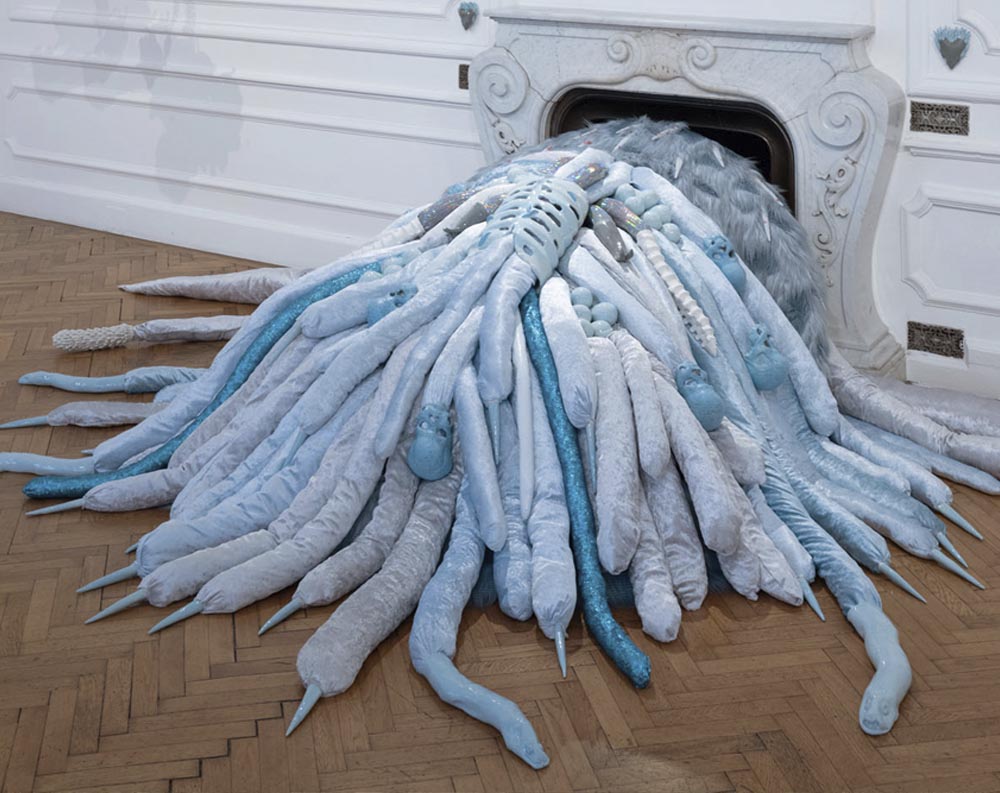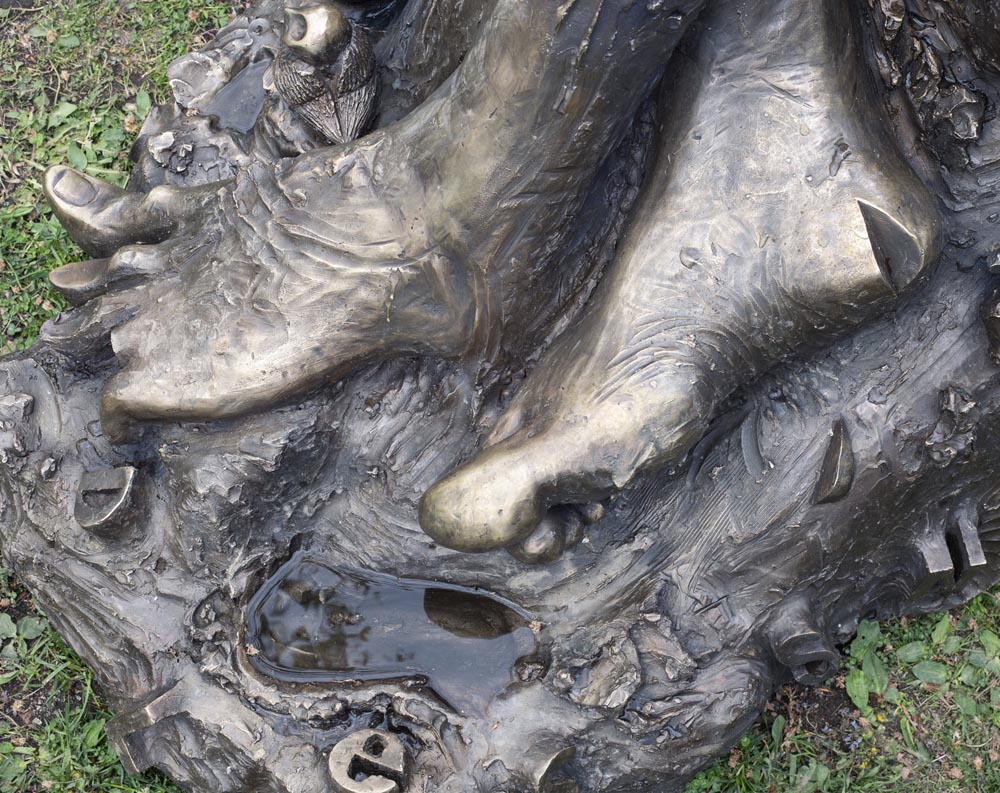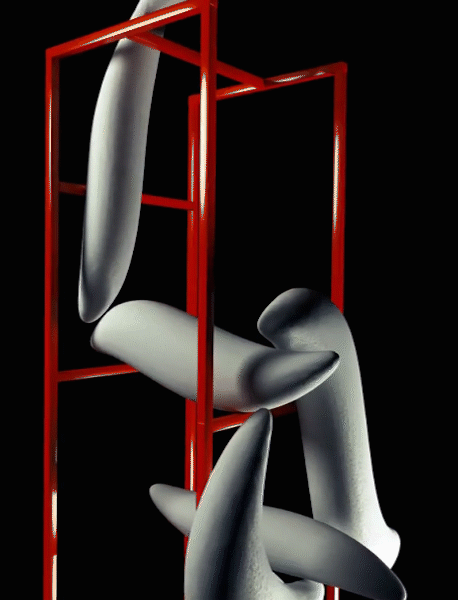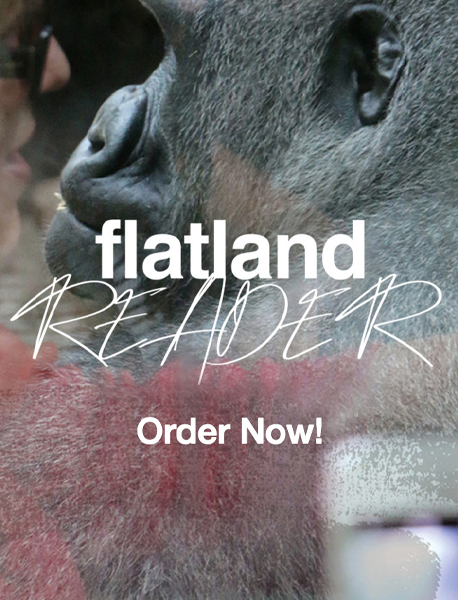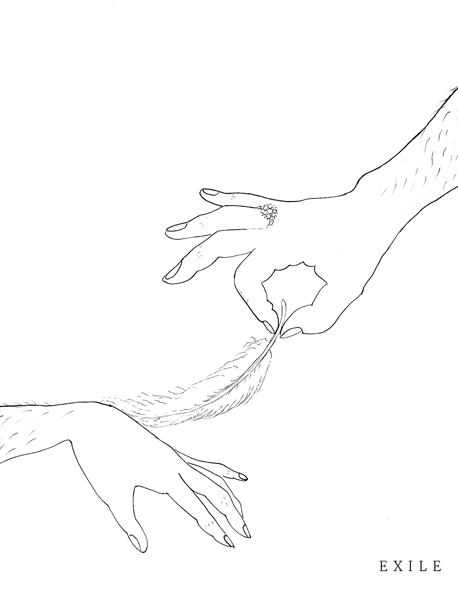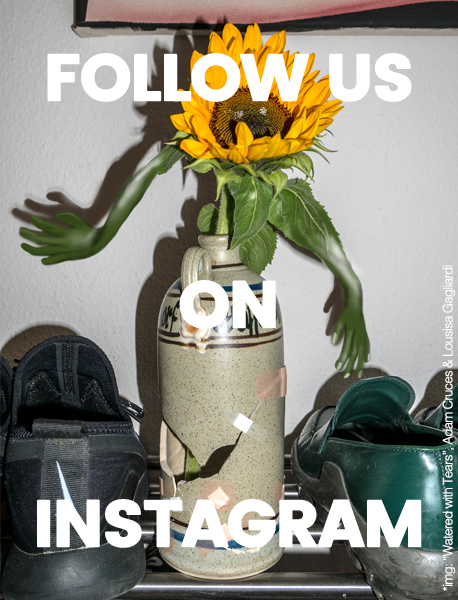OFLUXO
STALAGMITE EYES
Gleb Amankulov
At Akademie der bildenden Künste Wien, Vienna
June 21 – July 01, 2022
Photography by Philipp Pess
Termin
9:30 pm, I am standing at an empty dark crossroads in the 16th district of Vienna and looking around – I just wrote a message to Heinrich that I am already there. While waiting for him, I‘m reading the news on Nexta – popular protest telegram chat in Belarus – about closure of the bookstore in Minsk by police in the very day of its opening, detainment of the publisher and sales assistant, and ban of the novel “1984” by G.Orwell. What could be a higher recognition for the artist than this, I wonder. Finally, I see the silhouette of a man with a shelf on his shoulder, walking towards the crossroads from around the corner.
– Where is your car?
– I don’t have a car.
– How will you carry it?
– As you carried.. Do you have change from 30 Euro?
– No. Let‘s go change down the street, there is a couple of shops. Why do you need this shelf at all? I imagined a buyer in a different way.
I wonder what the ideal buyer of an old used pseudo-classist shelf looks like.
– I am an artist, studying at the academy.
– Oh, when I was young I also applied there, but didn‘t get accepted. What are you working with?
– With things like this shelf from willhaben.
– Sounds good.
– I‘m showing my diploma soon, please come see it.
– I haven’t been to any openings for a long time, I’m generally sick of art.
– Why?
– Capitalism takes over everything. It’s sad to see. Look at what the artists of my age are doing. Look at Wurm, for example! Just insane. So what‘s your name again? Really strange one, never heard it before.
Method
Precarious mode of living is directly reflected in the approach that I use in working with objects. It is one of the main aspects that forms my method – complete dependence on a certain place and available budget, the impossibility of long-term planning and the incapability of keeping the works after the show, the absence of irreversible manipulations with the objects, work under high pressure.
Used domestic furnishings, appliances and found objects related to interior design are the materials for my sculptures; local thrift stores, flea markets, online marketplaces, trash containers and my friends and colleagues whom sometimes I borrow the things from – are my main sources of materials and inspiration. All the pieces are done specially for a particular space and event which also requires a certain time for work within the space itself. When the show is over the pieces are dismantled, the ‘materials’ are returned to their initial state. Shortly after dismantling, ‘materials’ are being sold or given for free to friends or strangers via online marketplaces.
Temporality and ephemerality are important qualities of my sculptures, and shimmering fluid practice is an opposition to rigid stable power structures, questioning the very concept of permanence and status quo.
An object that has lost objectivity
In 1924 Armenian writer, historian and activist Marietta Shaginyan wrote in her novel ‘Mess-Mend: Yankees in Petrograd’: “The owner of things is the one who makes them, and the slave of things is the one who uses them.”
One year later, for the first and only time in his life, Soviet artist Alexandr Rodchenko found himself abroad, in Paris. In one of his letters to his wife, the artist Varvara Stepanova, he wrote: “…Our things in our hands should also be equal to us, should also become comrades, and not these gloomy slaves, like here. […] Things will be comprehended, they will become friends and comrades of a person, and a person will begin to be able to laugh, and rejoice, and talk with things.”
While working with the objects, I’m imagining their silent revolt, a masterly escape from utilitarian gaze and refusal to represent and perform any functions that they were meant to be produced for. I’m happy to join the objects in their sabotage. They change and exchange identities, they try out different states, they challenge each other and challenge me – and it’s never a surprise but a revelation. But does a whisper still stay a whisper when it gets as loud as a scream?
Search
When I’m thinking on what do I spend the most time in my working process, the word ‘search’ comes as a key. It is a constant search for the objects, for a certain collection that could establish relationships with the space where it’s supposed to be displayed. Criteria are different and depend on the occasion, space, budget and subjective preferences. The aim is to display, underline or challenge certain formal, contextual or historical aspects of an object.
But also when I hear the word ‘search’, another meaning keeps circling in my mind – search in the context of law. Depending on local legislation, the conditions for conducting a search may vary, which often makes it possible to use a search as a manifestation of authority and power. In Belarus (the country where I come from), these conditions are not clearly defined, the boundaries of what is allowed during the search process, as well as the legal grounds for conducting it, are rather vague and could be interpreted differently. From the very beginning of the protests in Belarus in 2020 and earlier, the search becomes another measure of exerting pressure on opponents of authorities, a violent act of intimidation, a demonstration of the impunity of the power structures, and takes place in flats and houses of political activists and their relatives en masse. In this mode it continues for more than 2 years. Just on 6 of June, the photos of the apartment of Valery Tsepkalo (one of the political opponents of Lukashenko during the election presidential campaign in 2020, later he was forced to emigrate) in Minsk after the search were published. The apartment was completely ruined. It became another one evidence of frightening, another trace of violence. Since the beginning of March, a telegram channel ruled by Belarusian state security service has been publishing a series of videos showing how different apartments looked before and after searches.
I catch myself thinking how disturbing it actually is that in English the word ‘search’ has two such different meanings, while in Belarusian, Russian and German it’s always divided by the two different words. What is more ‘disturbing’ though, is that probably just right now, while my works are being on display in the building of the sculptural department of Academy of Arts in Vienna, Belarusian state security service might be conducting another search in one of the apartments in Belarus
— Gleb Amankulov
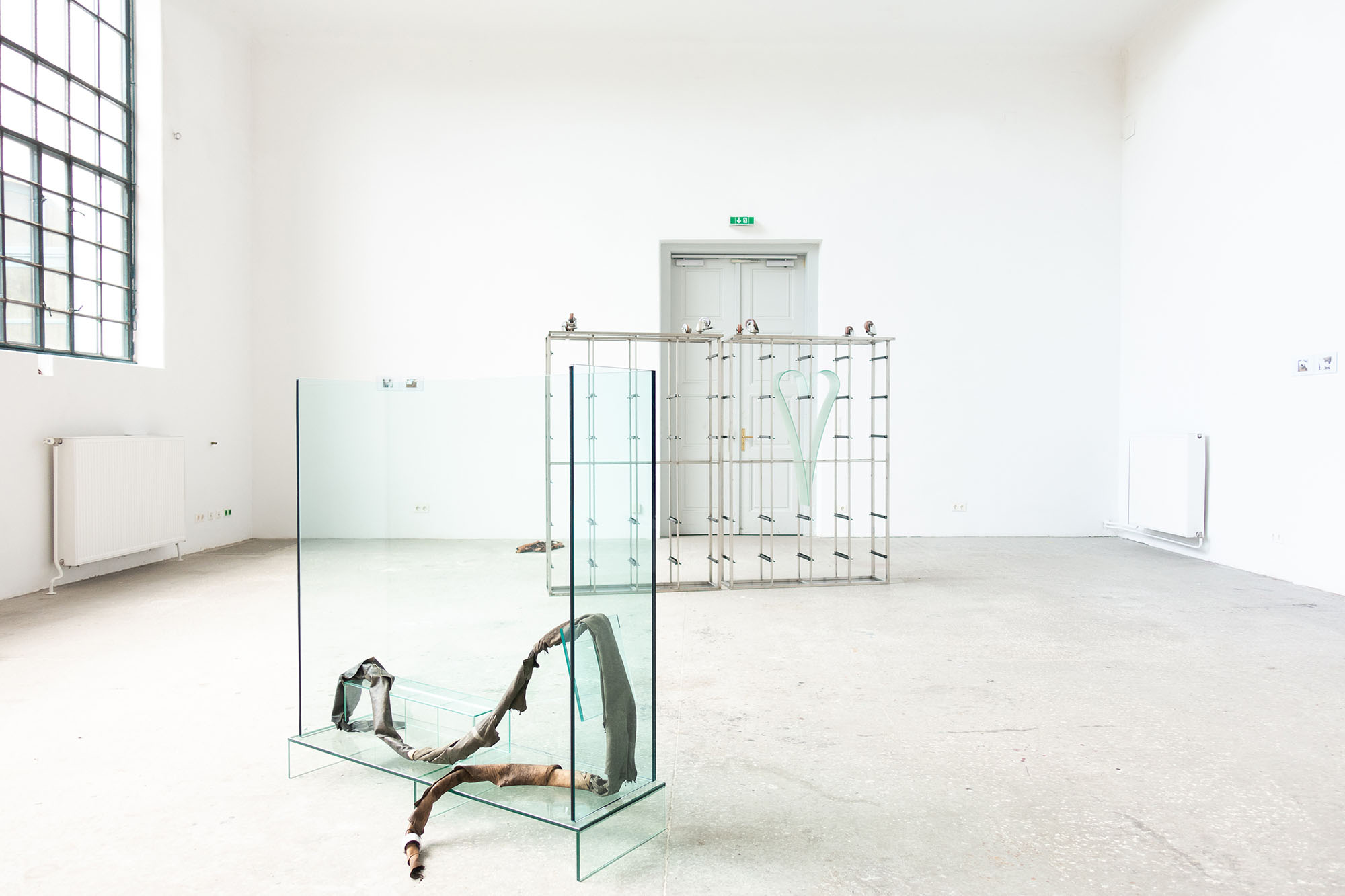
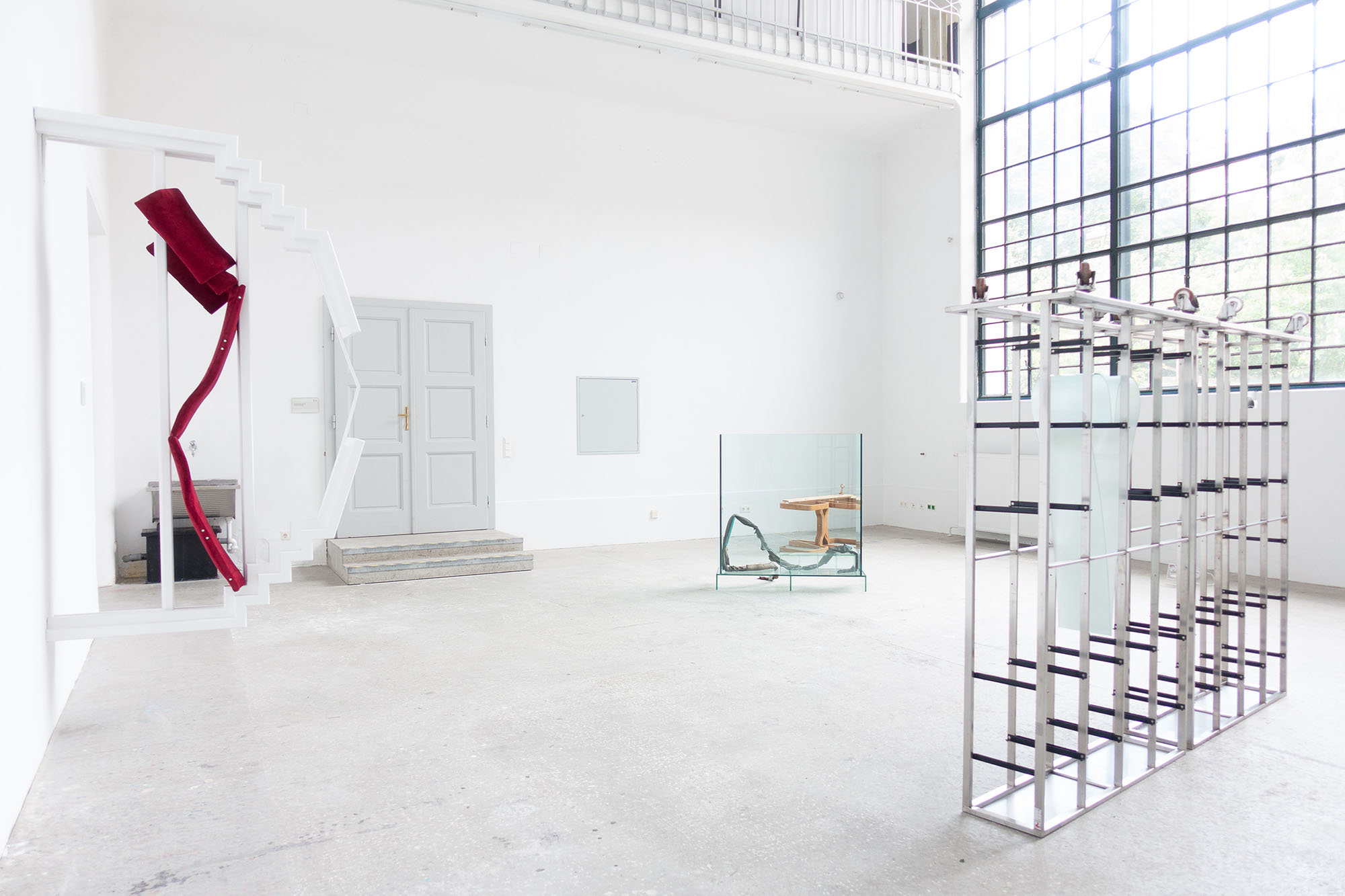
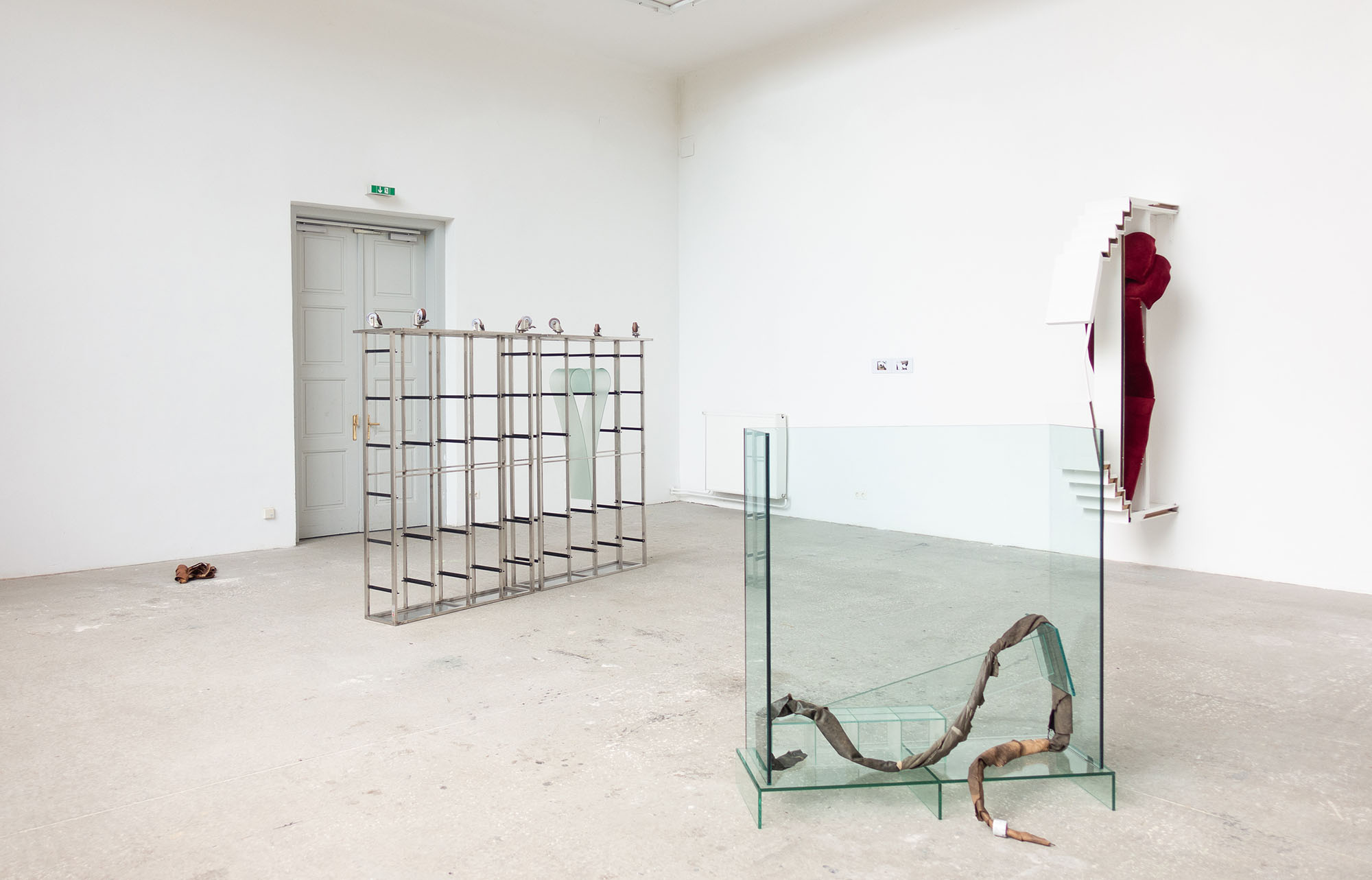
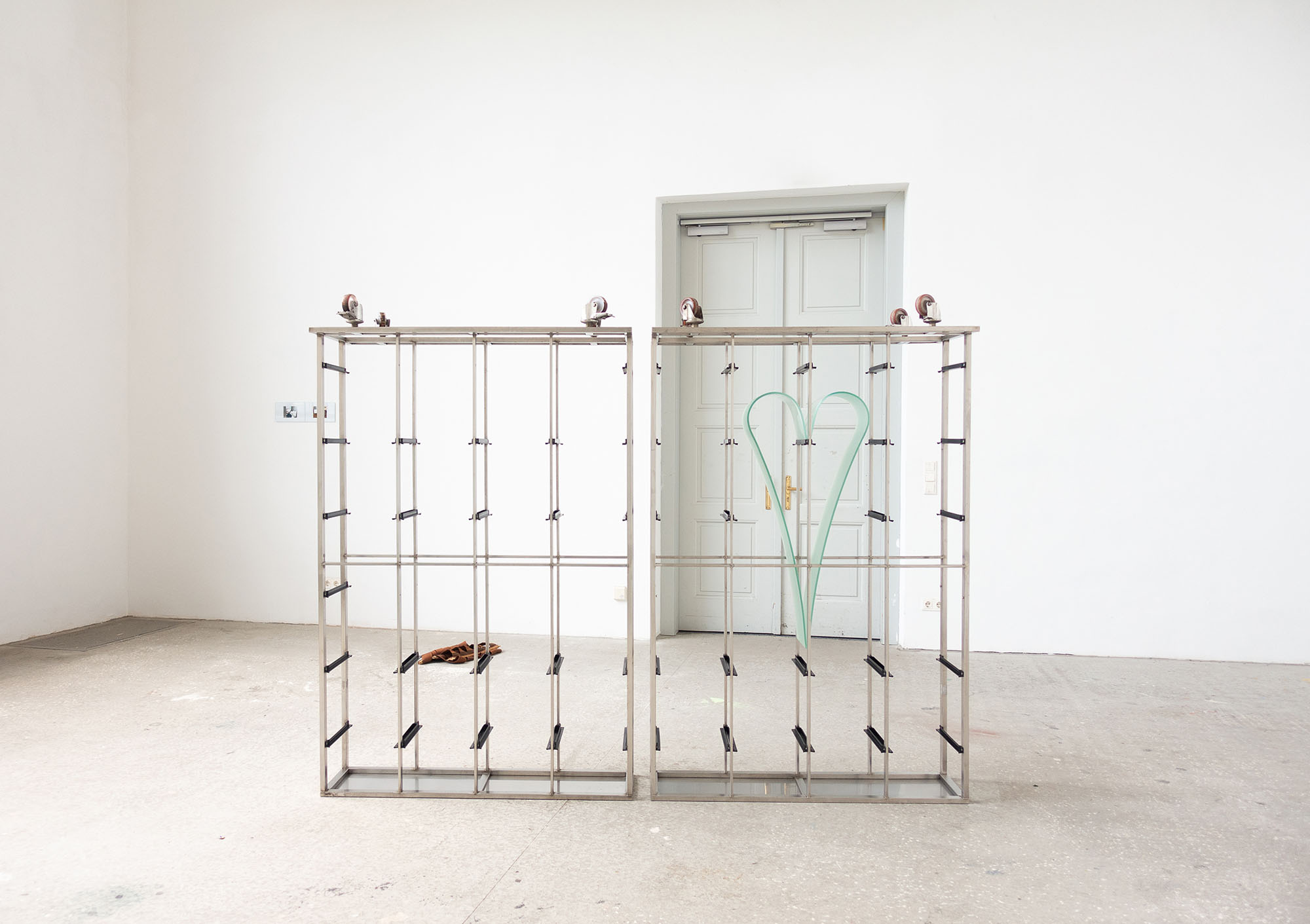
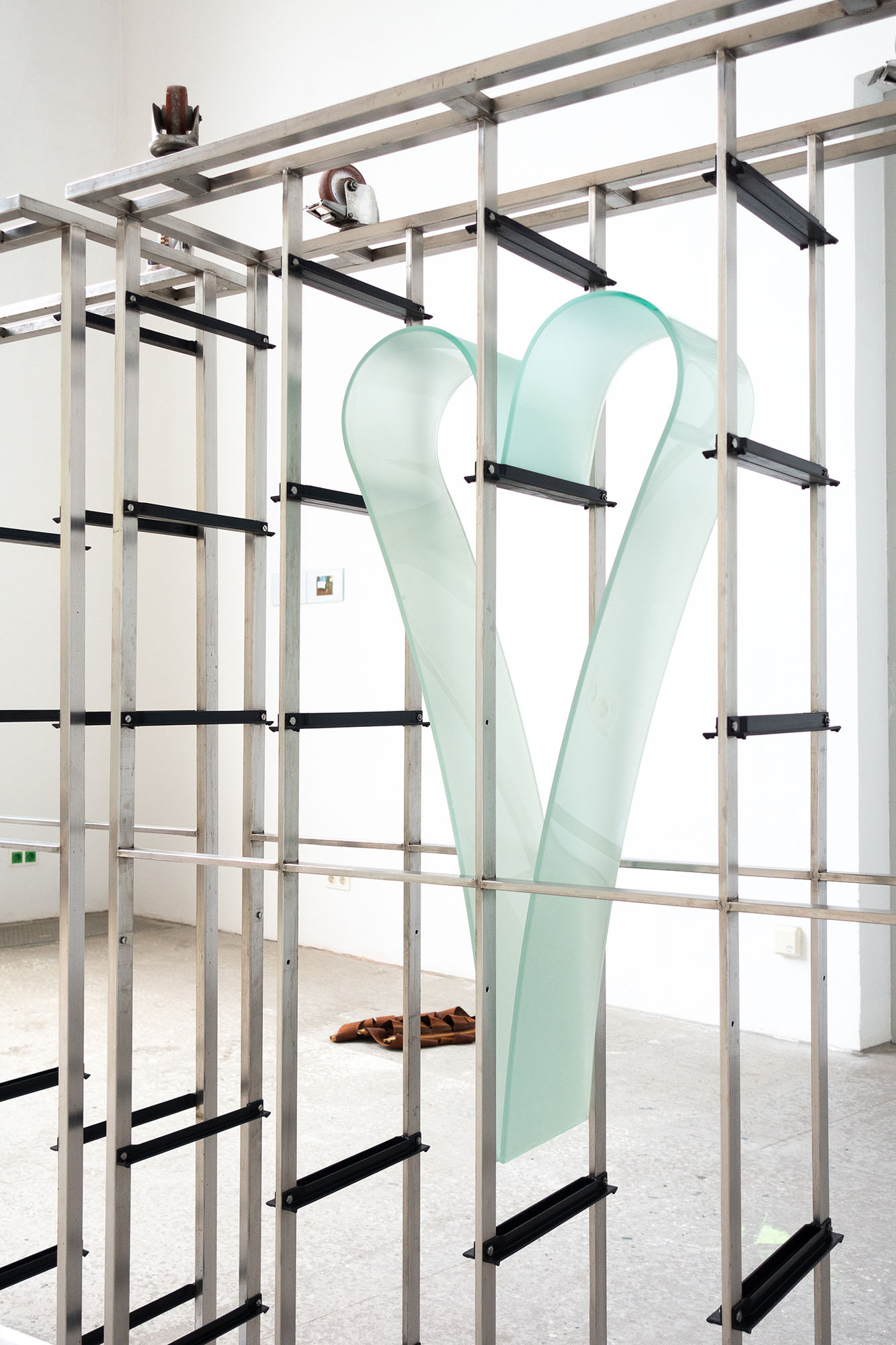

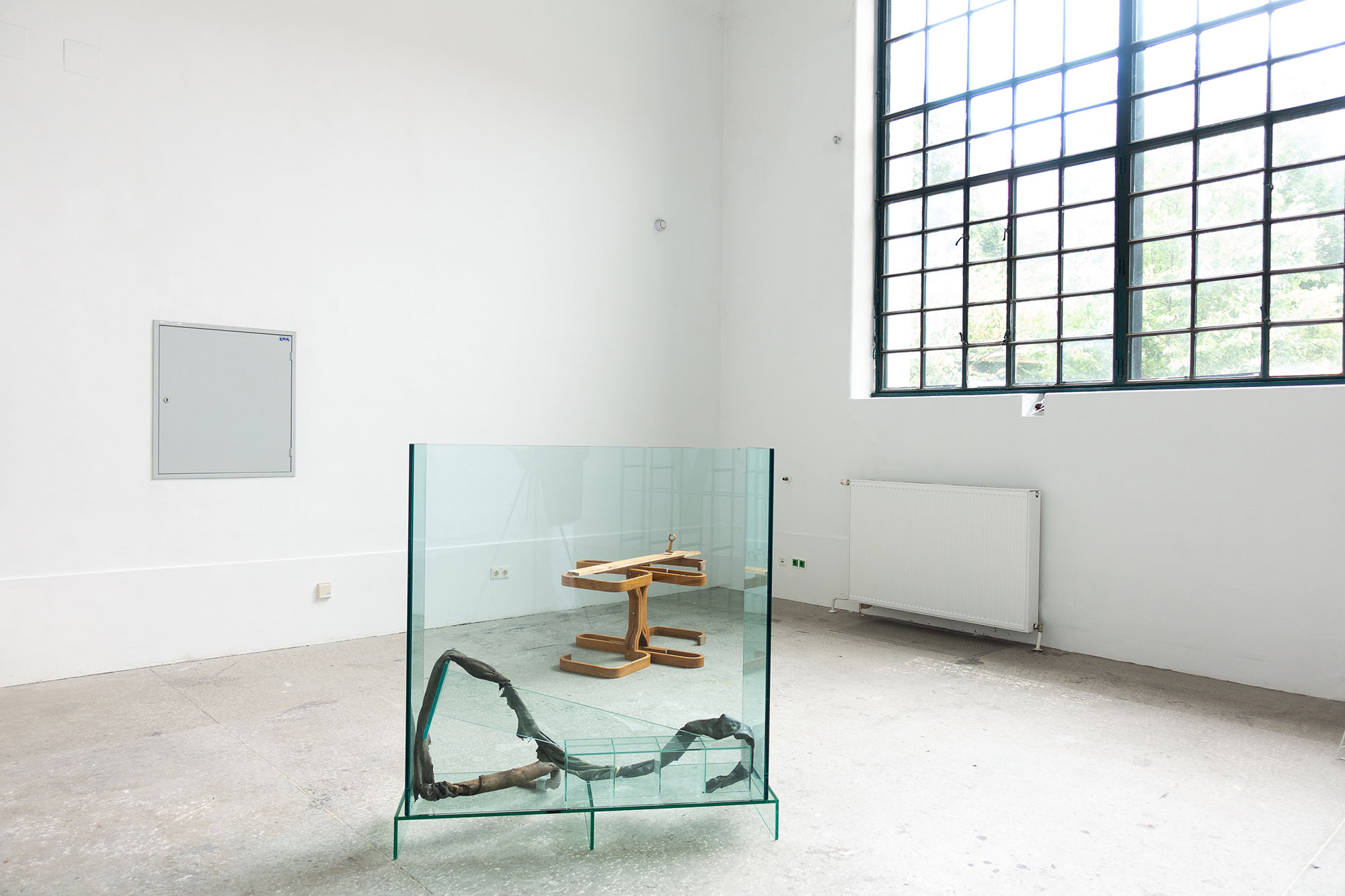
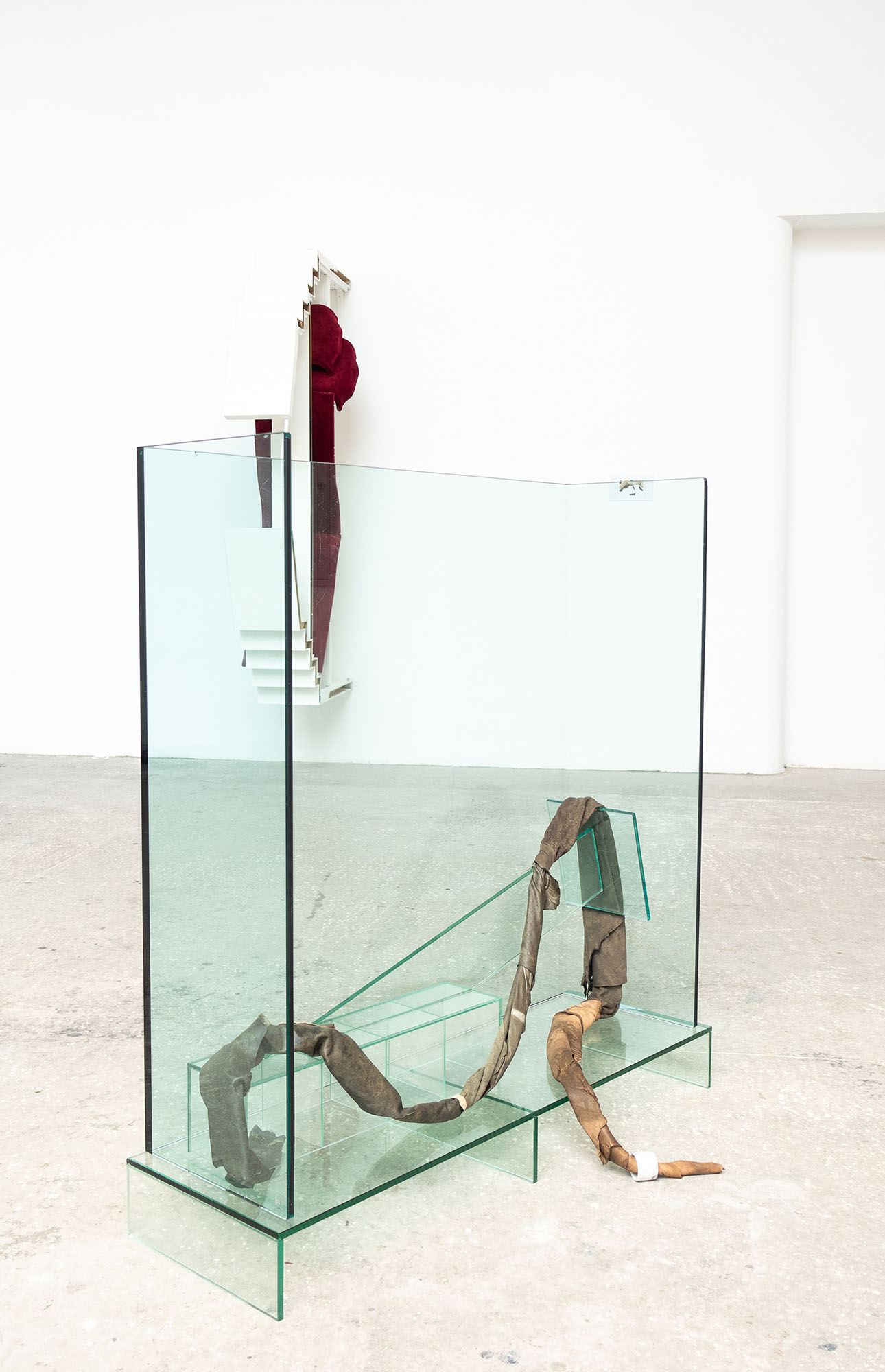
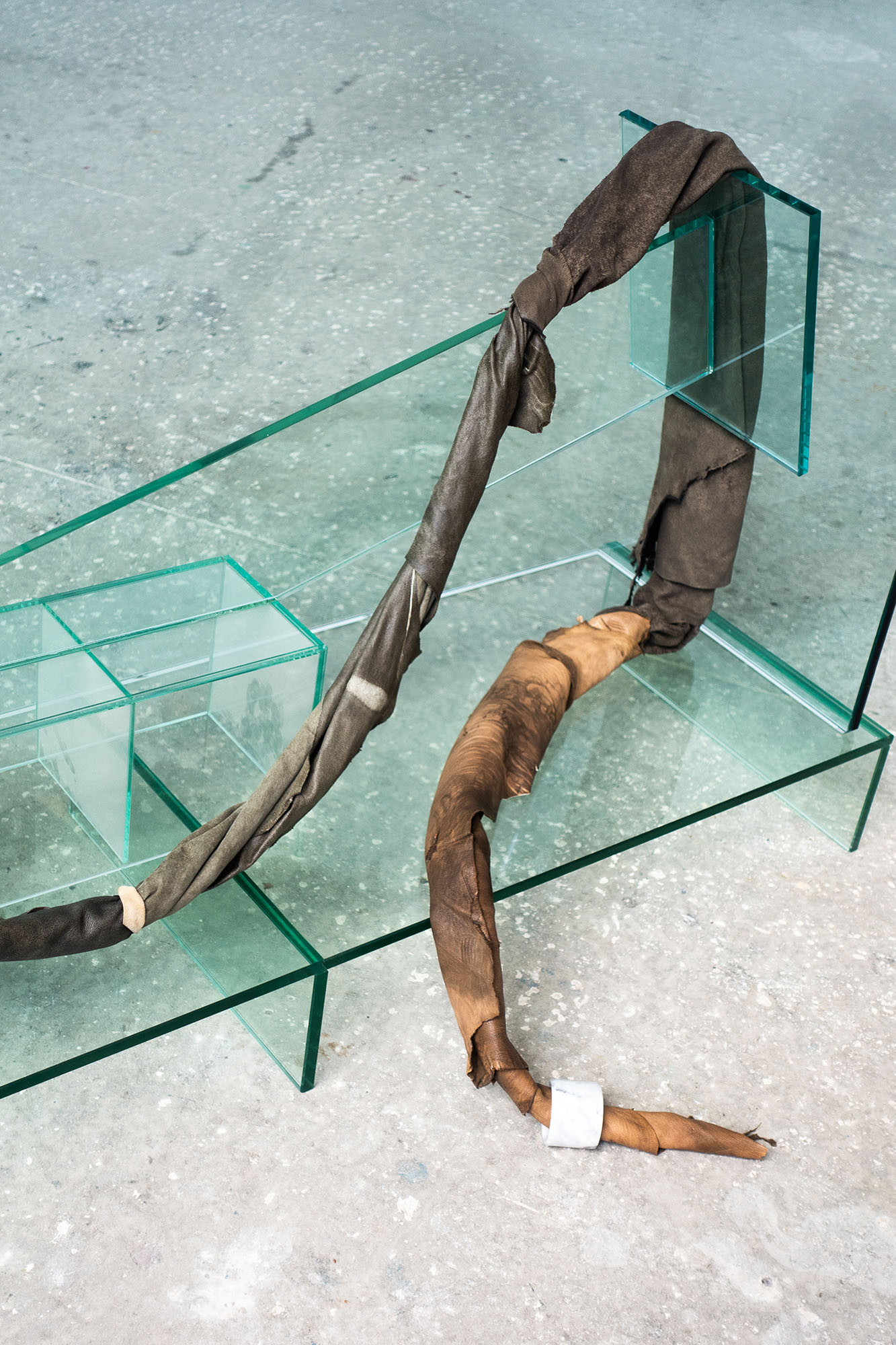
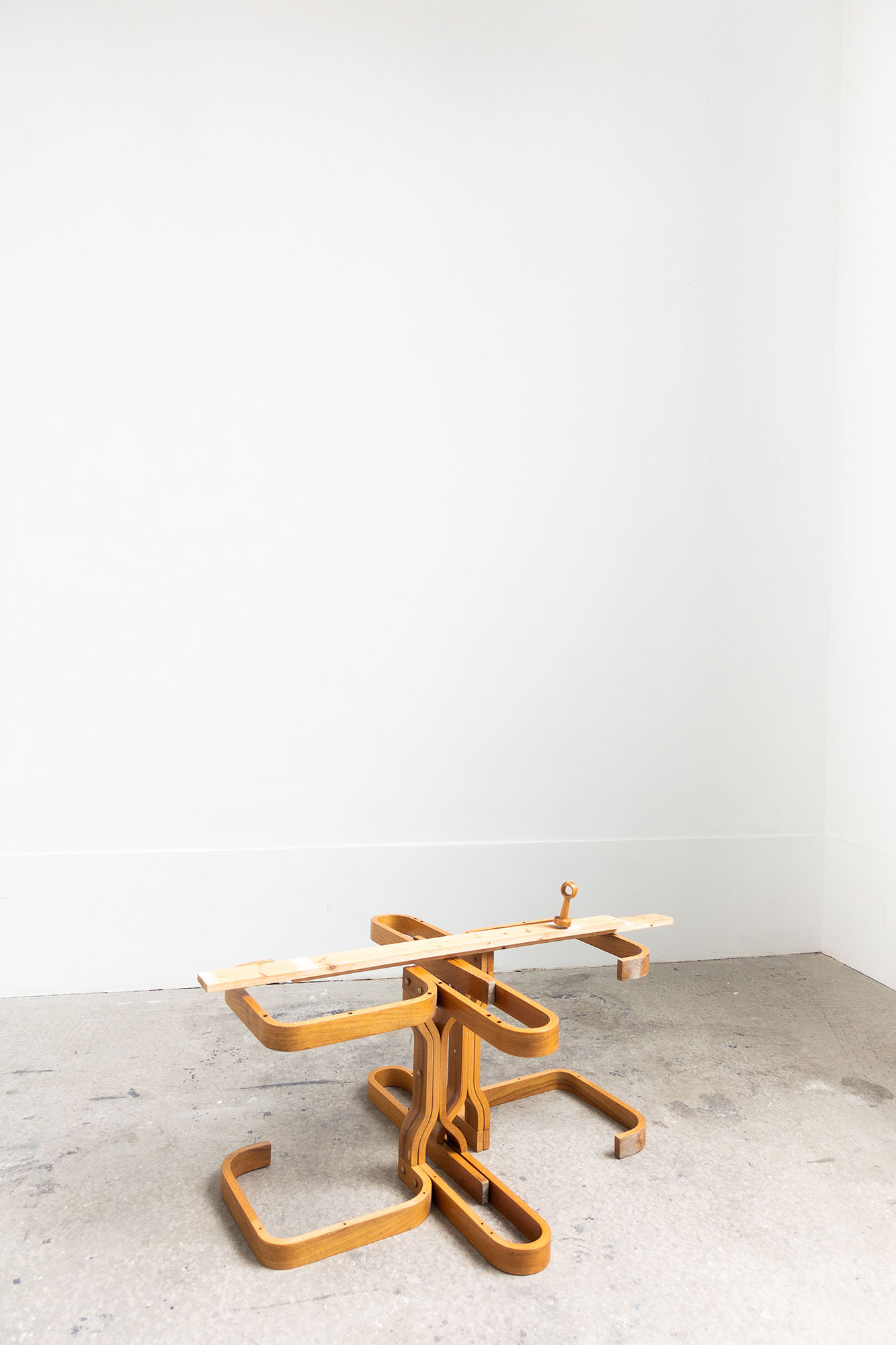
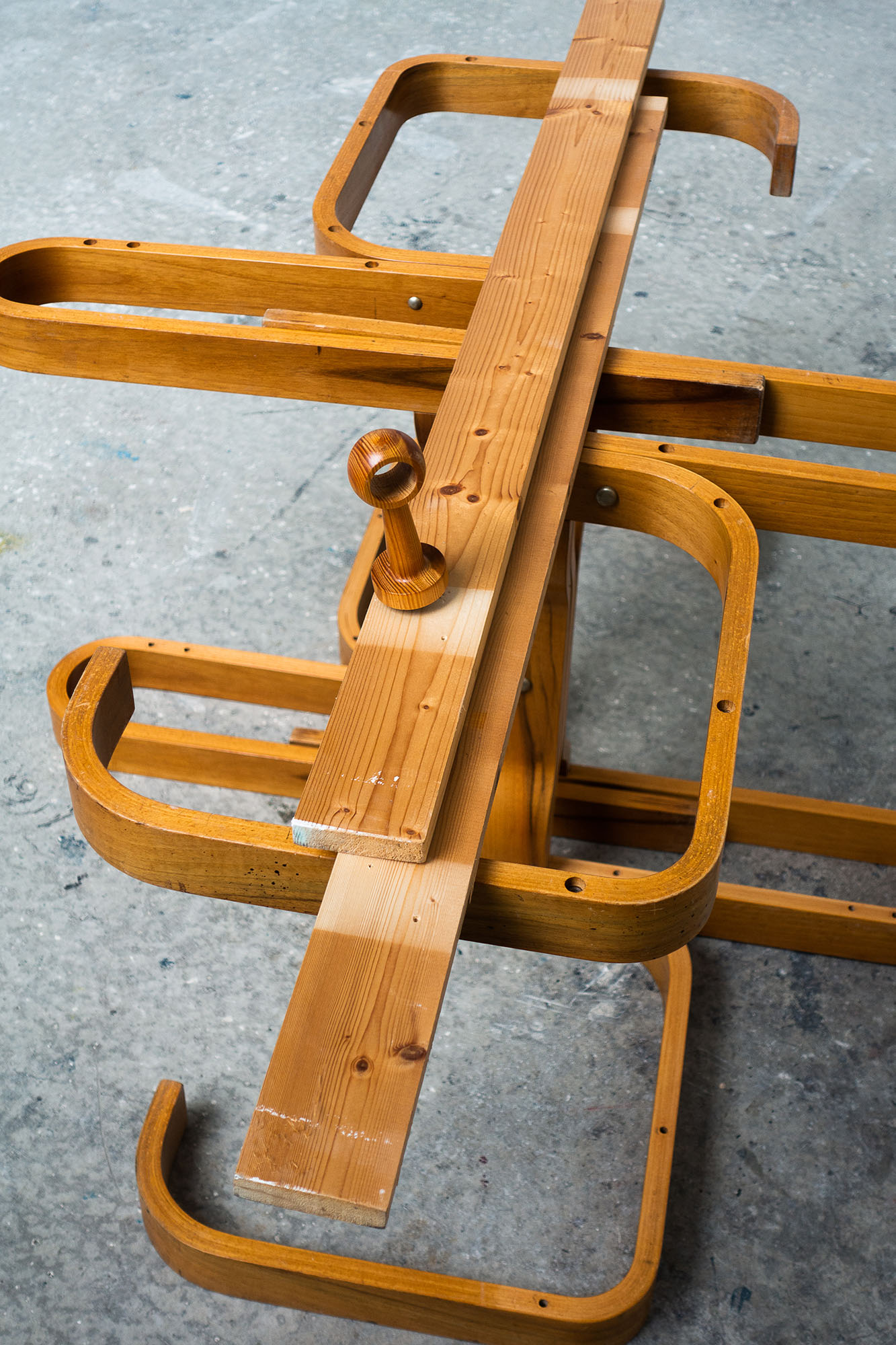
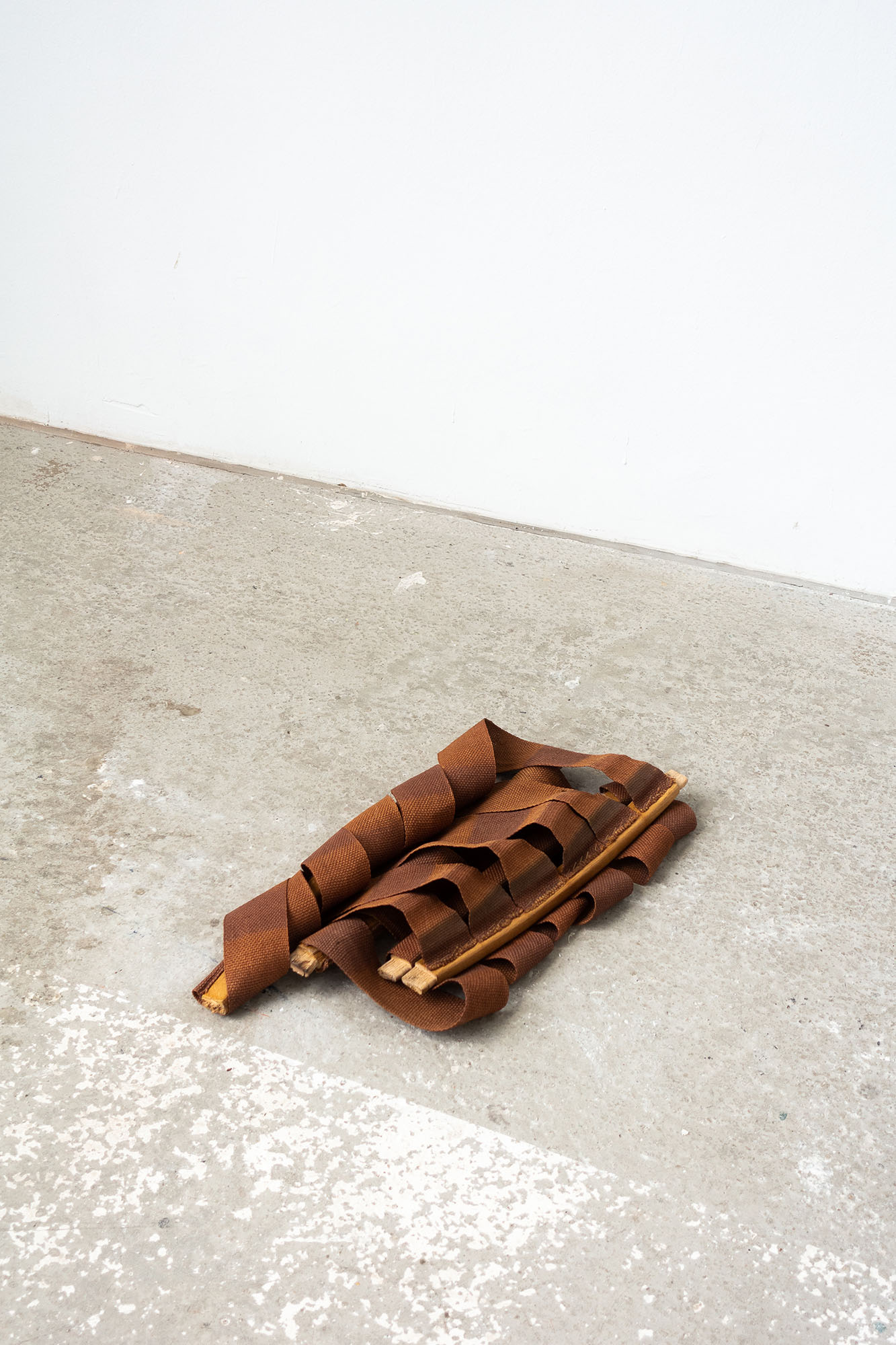
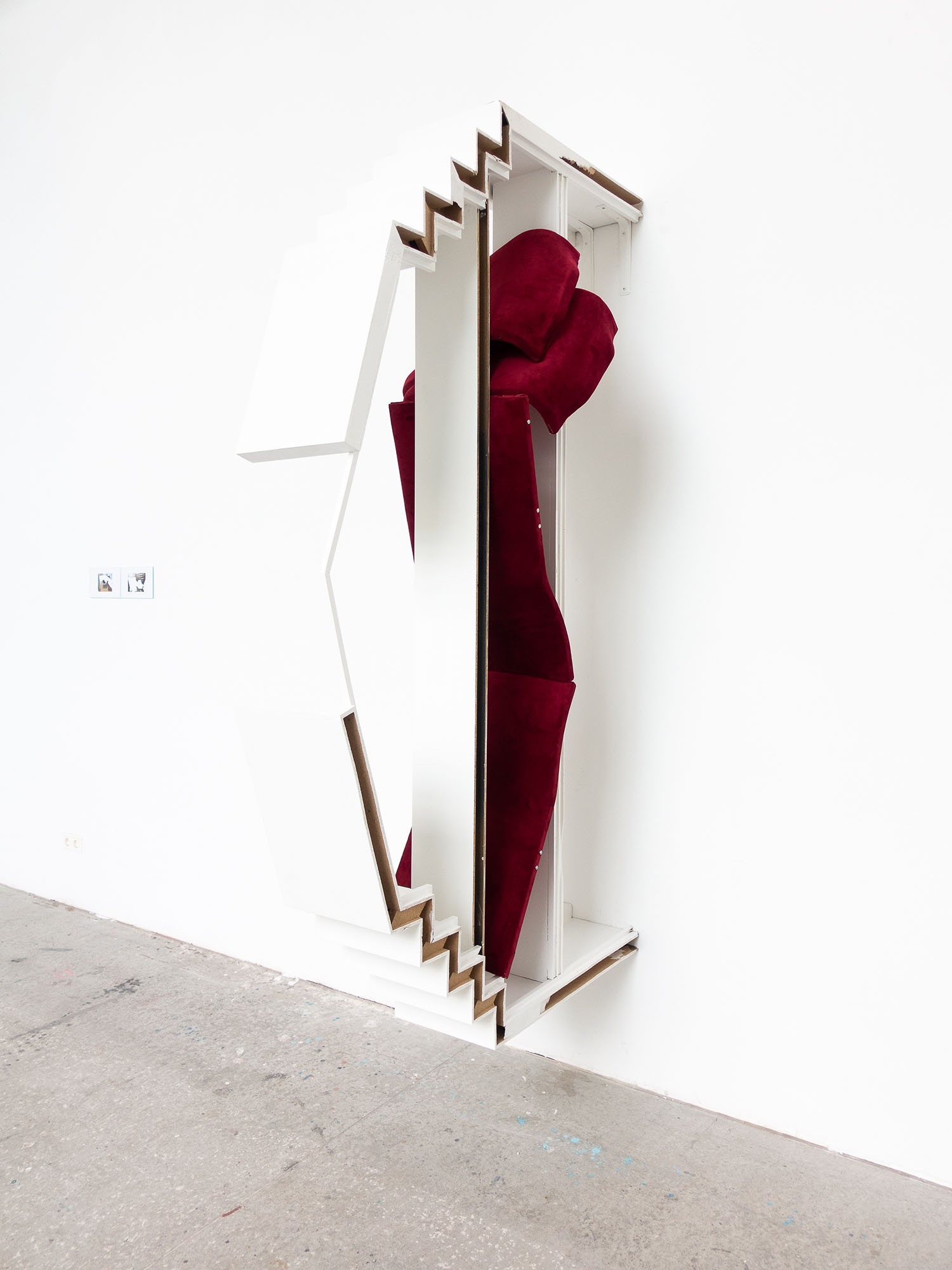
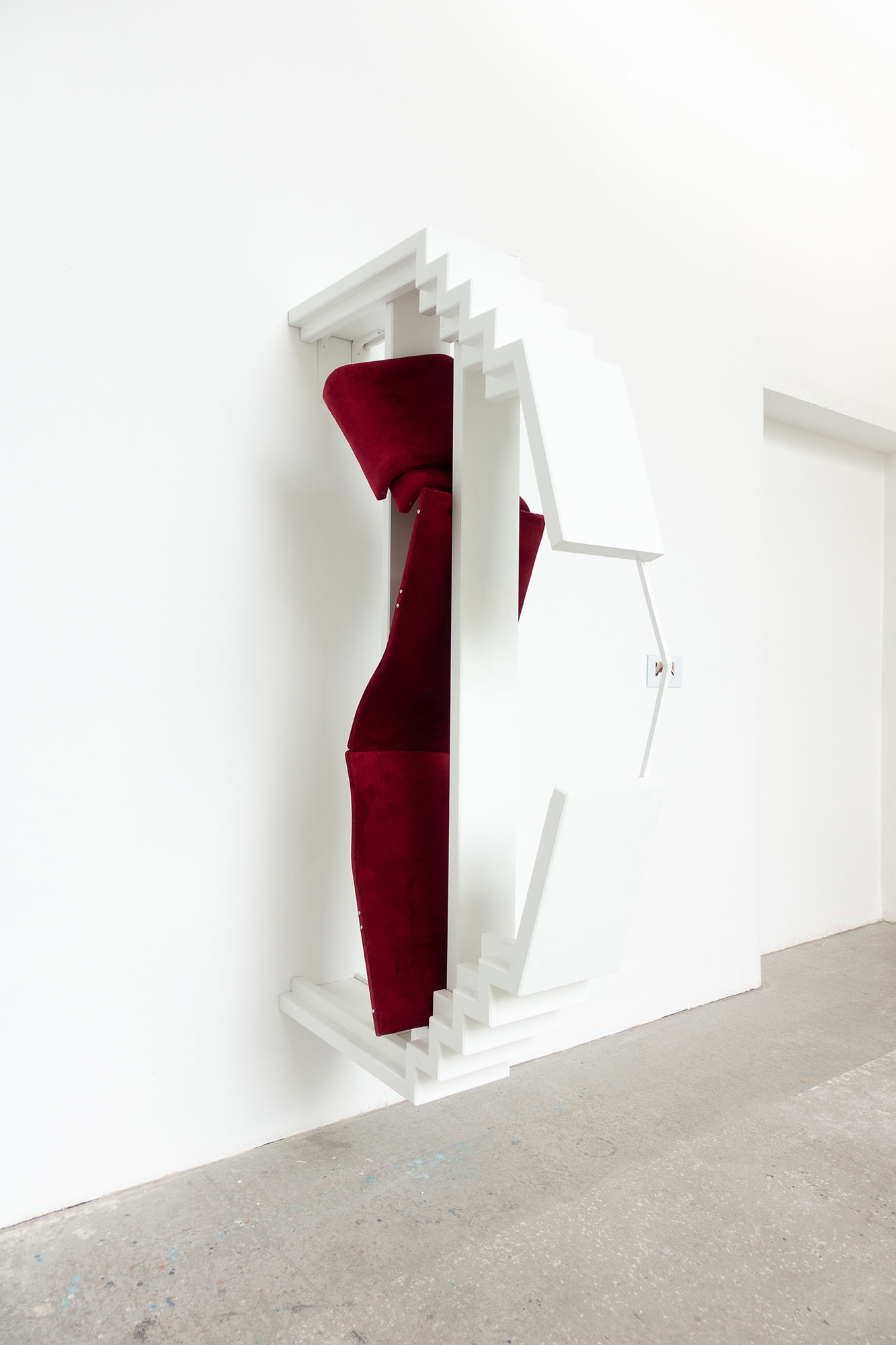
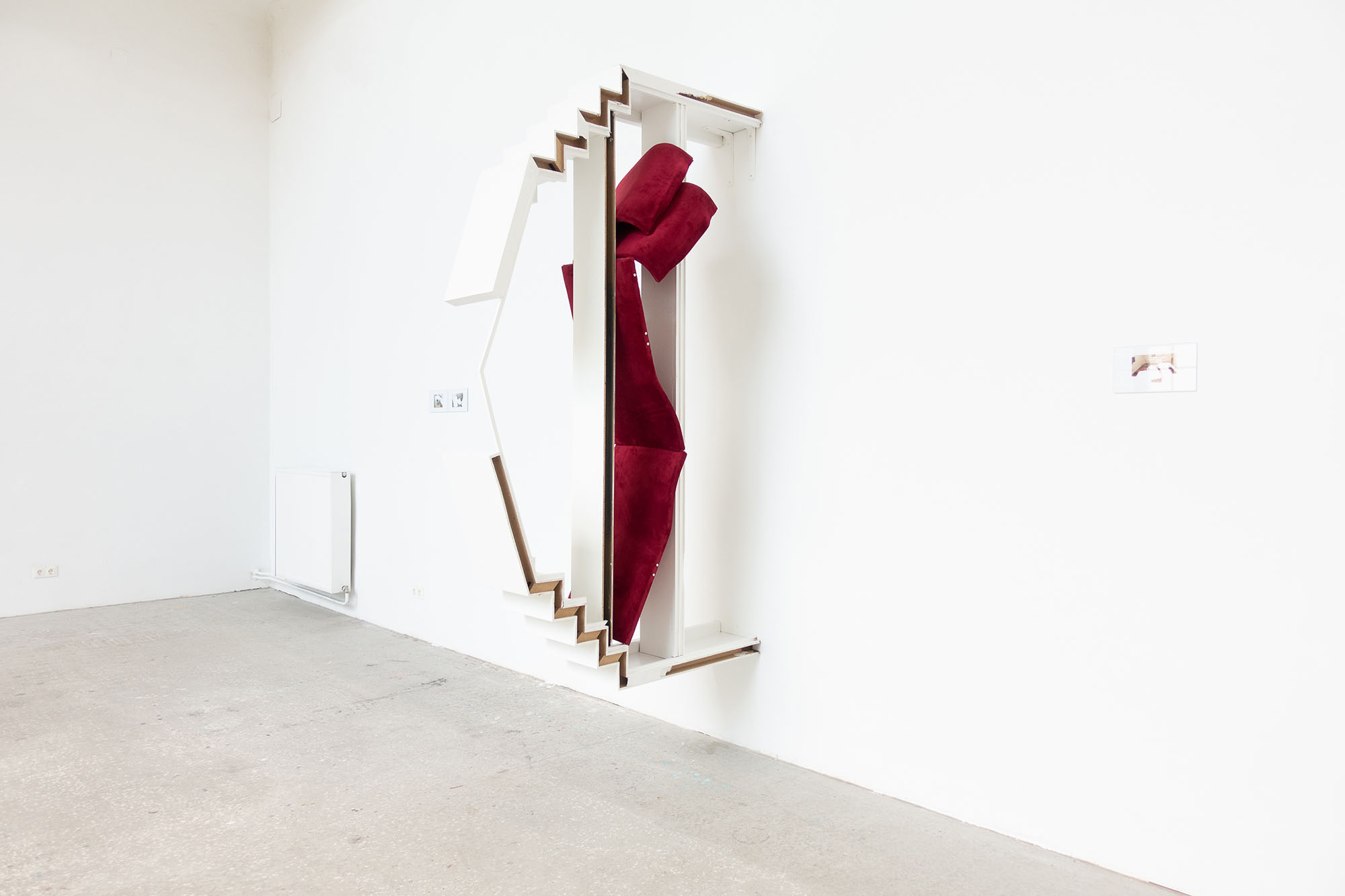
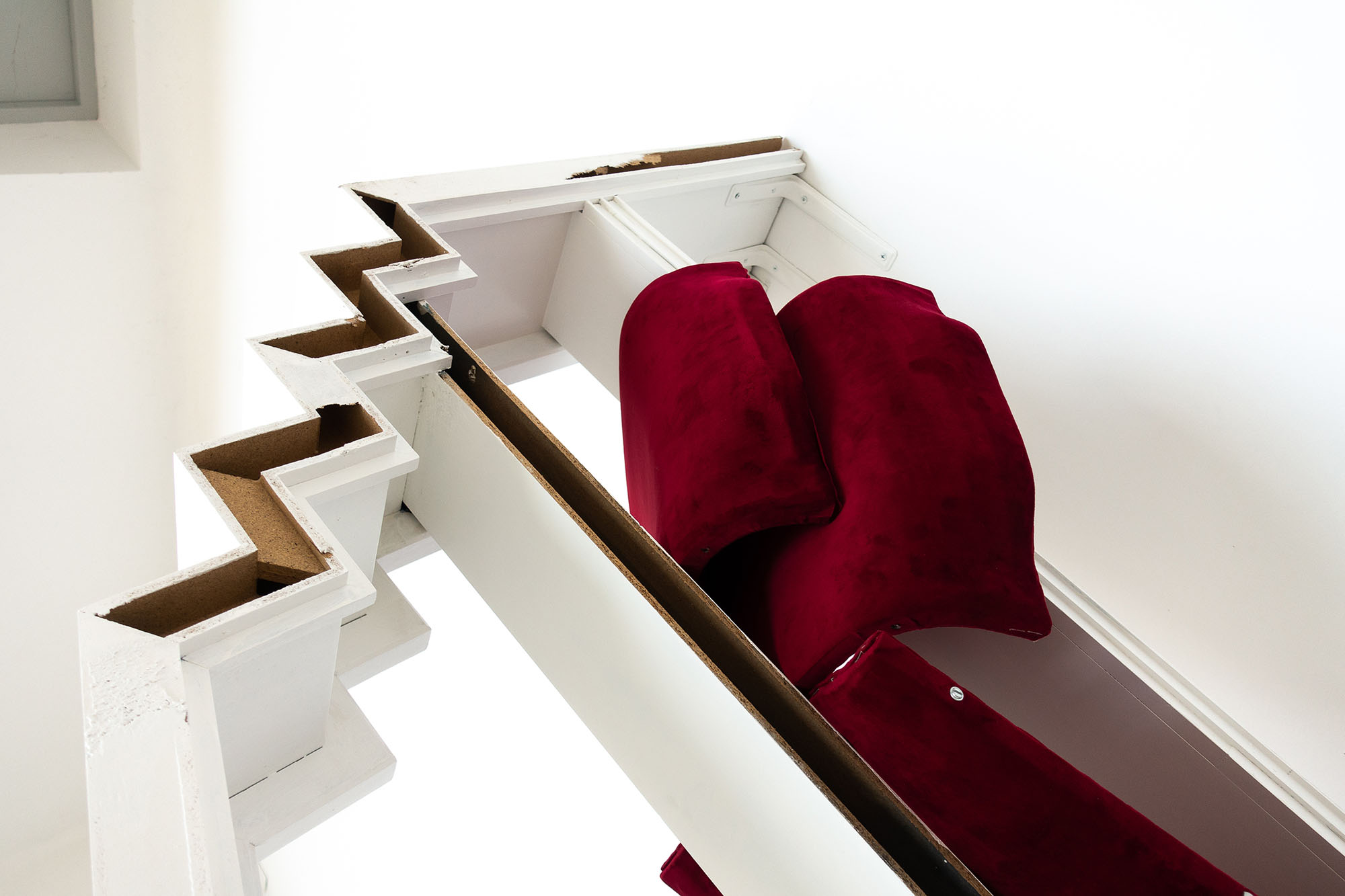
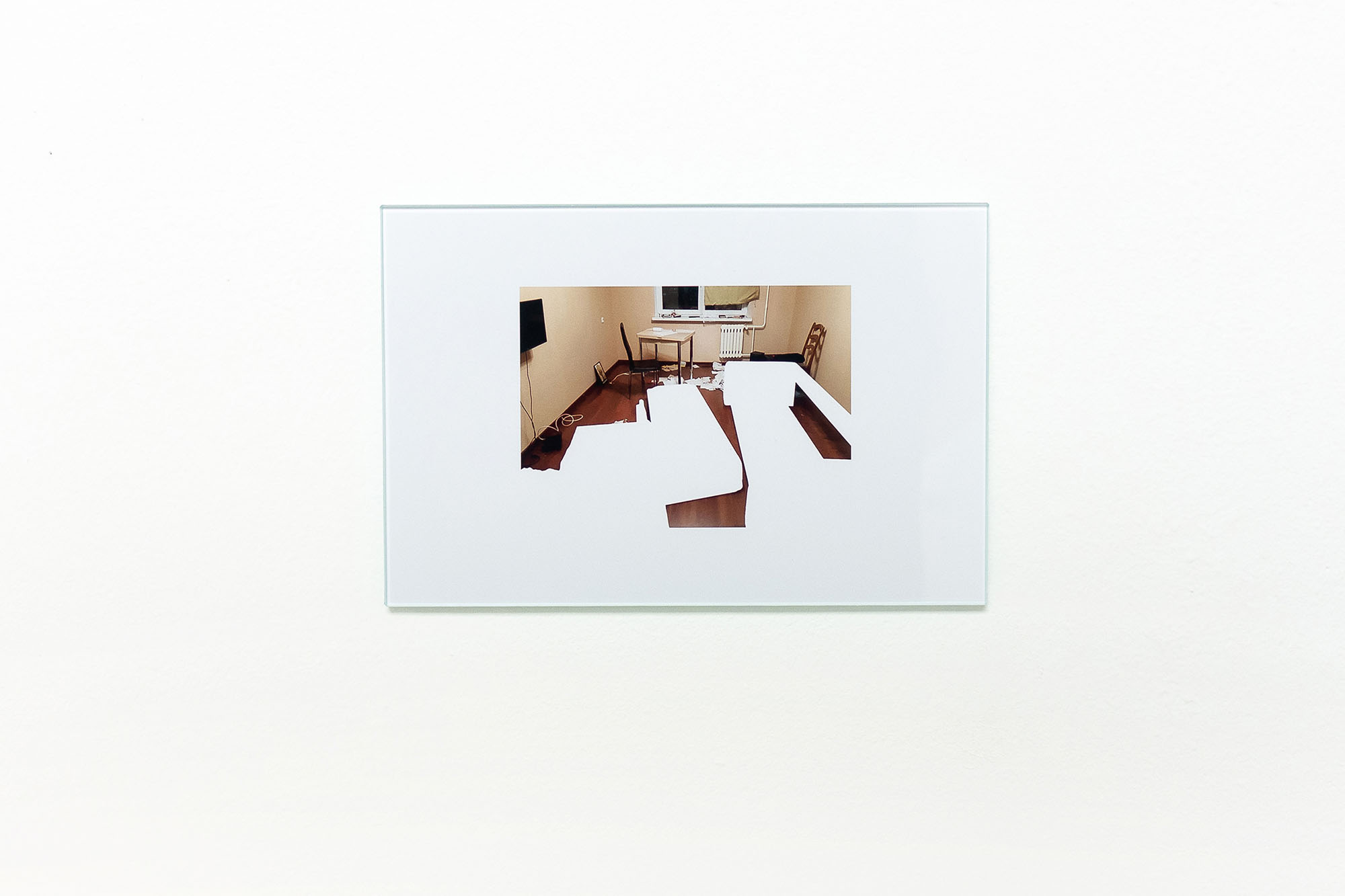
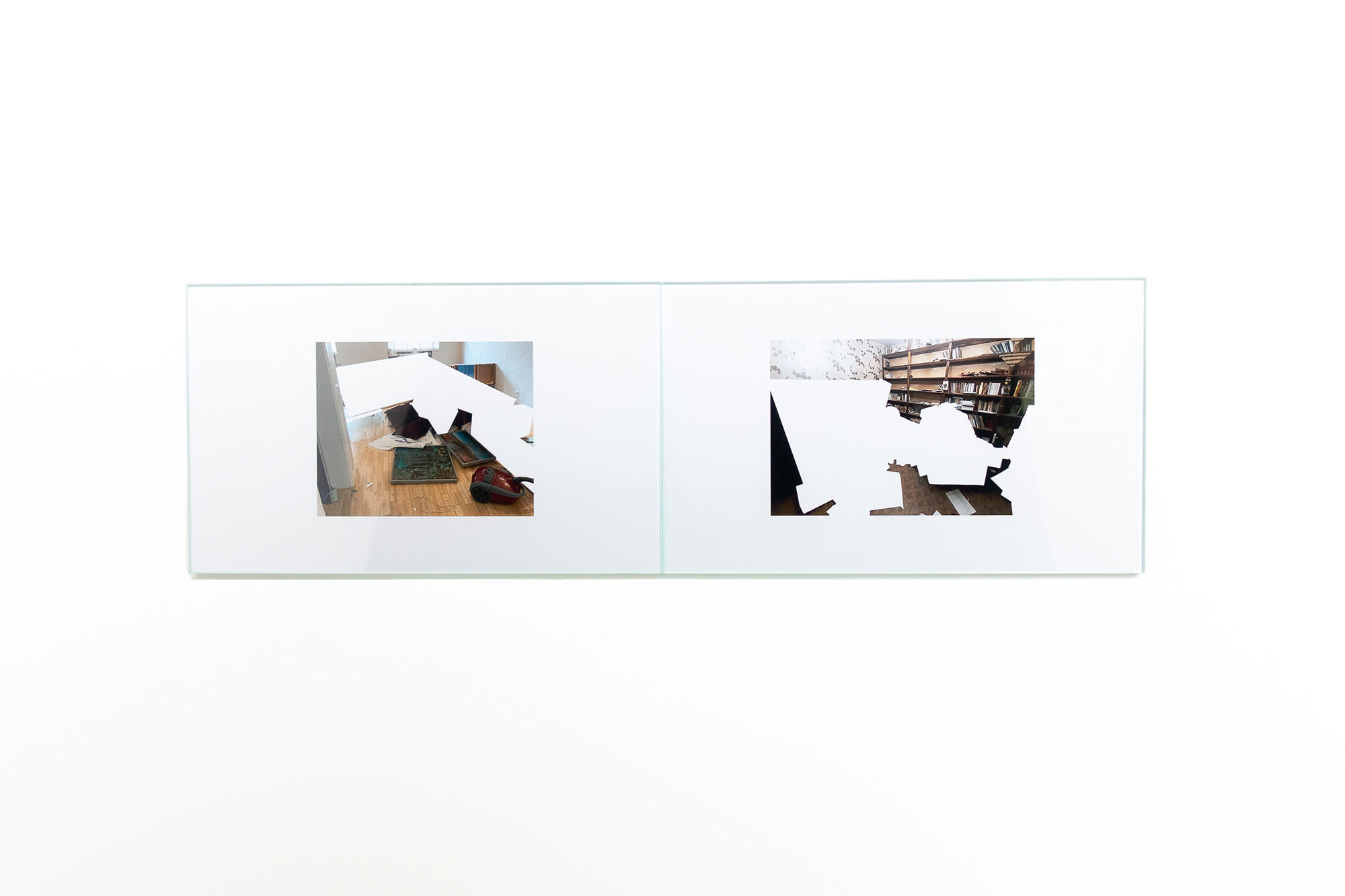
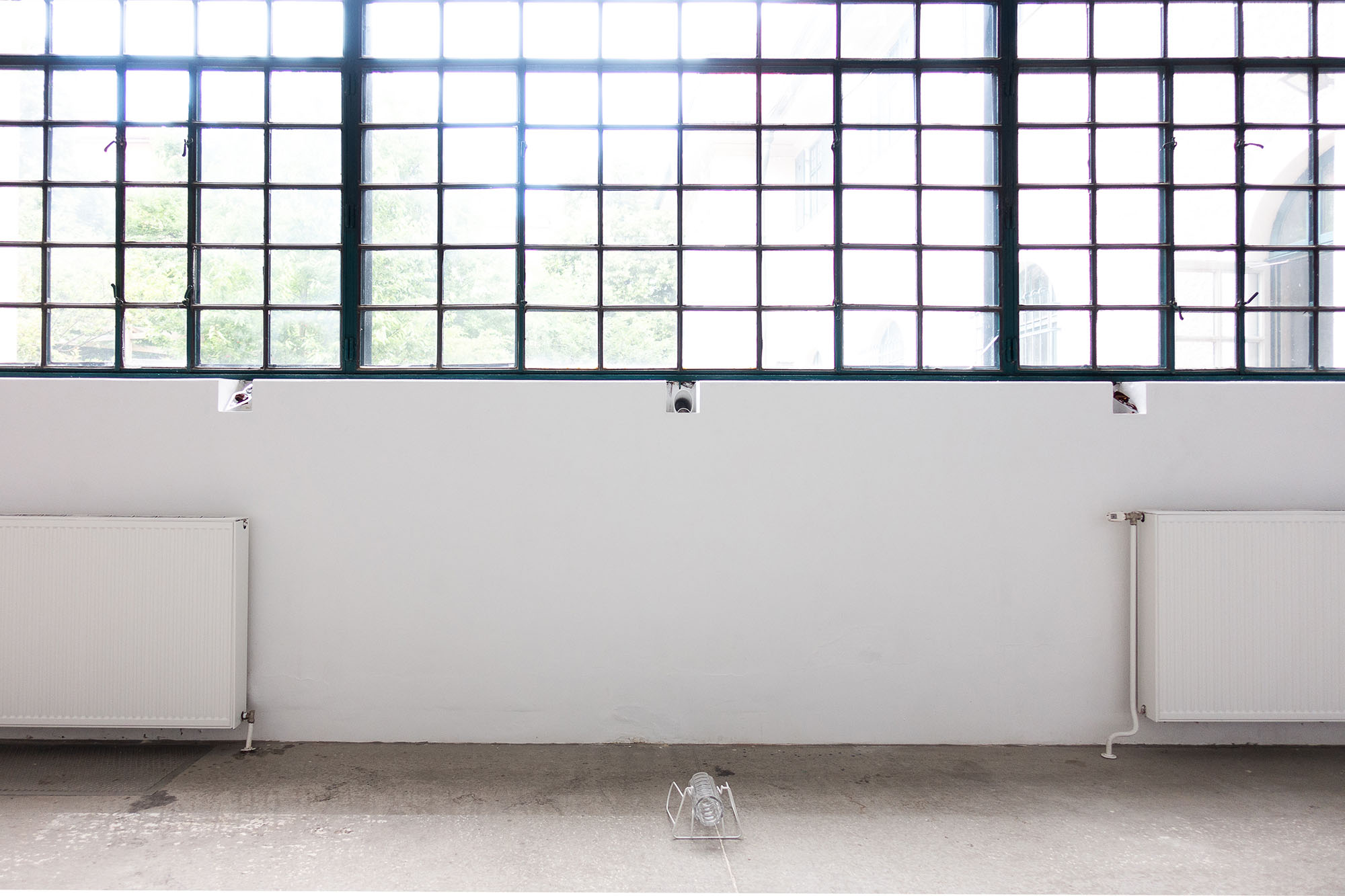
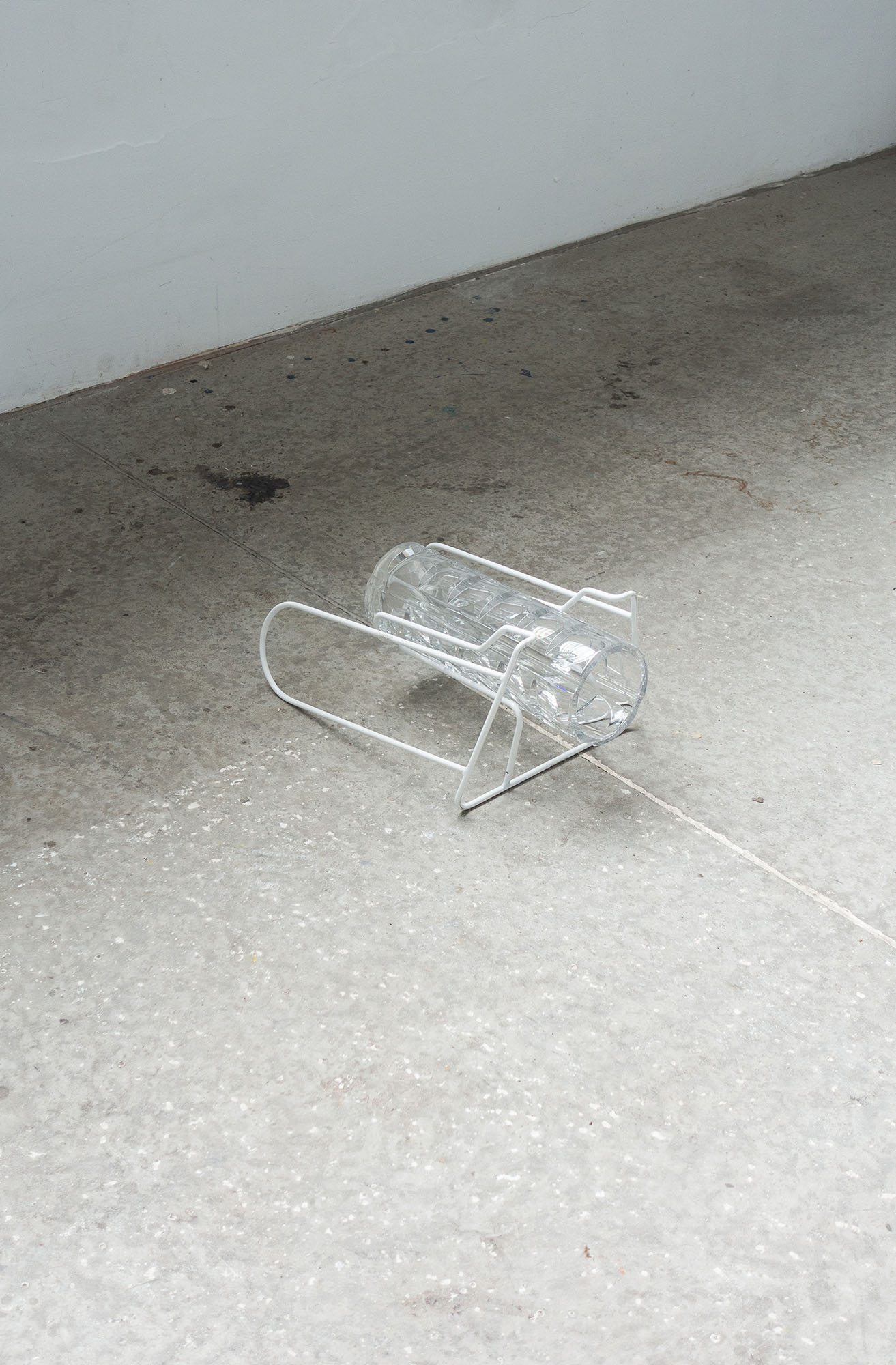
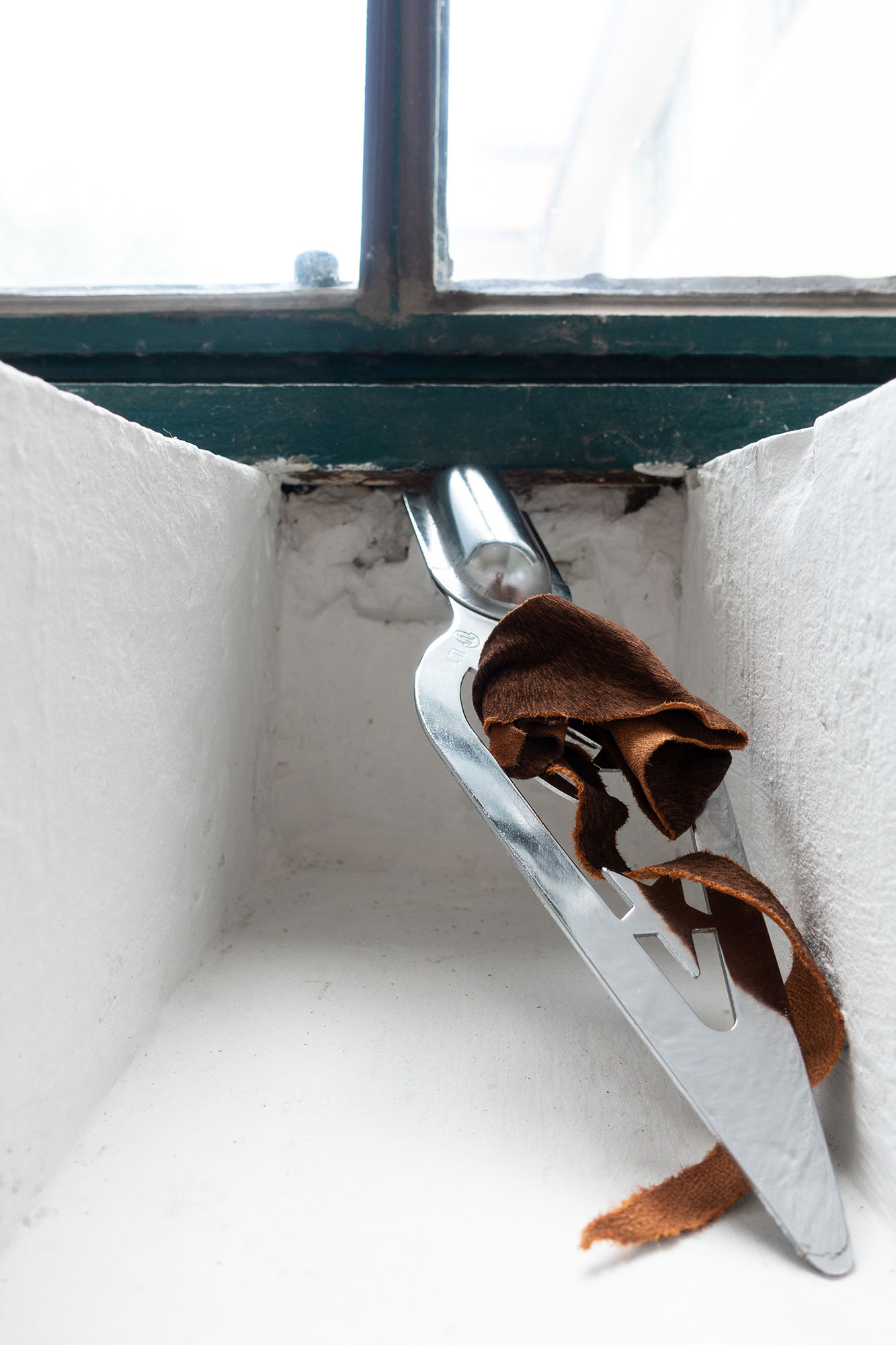
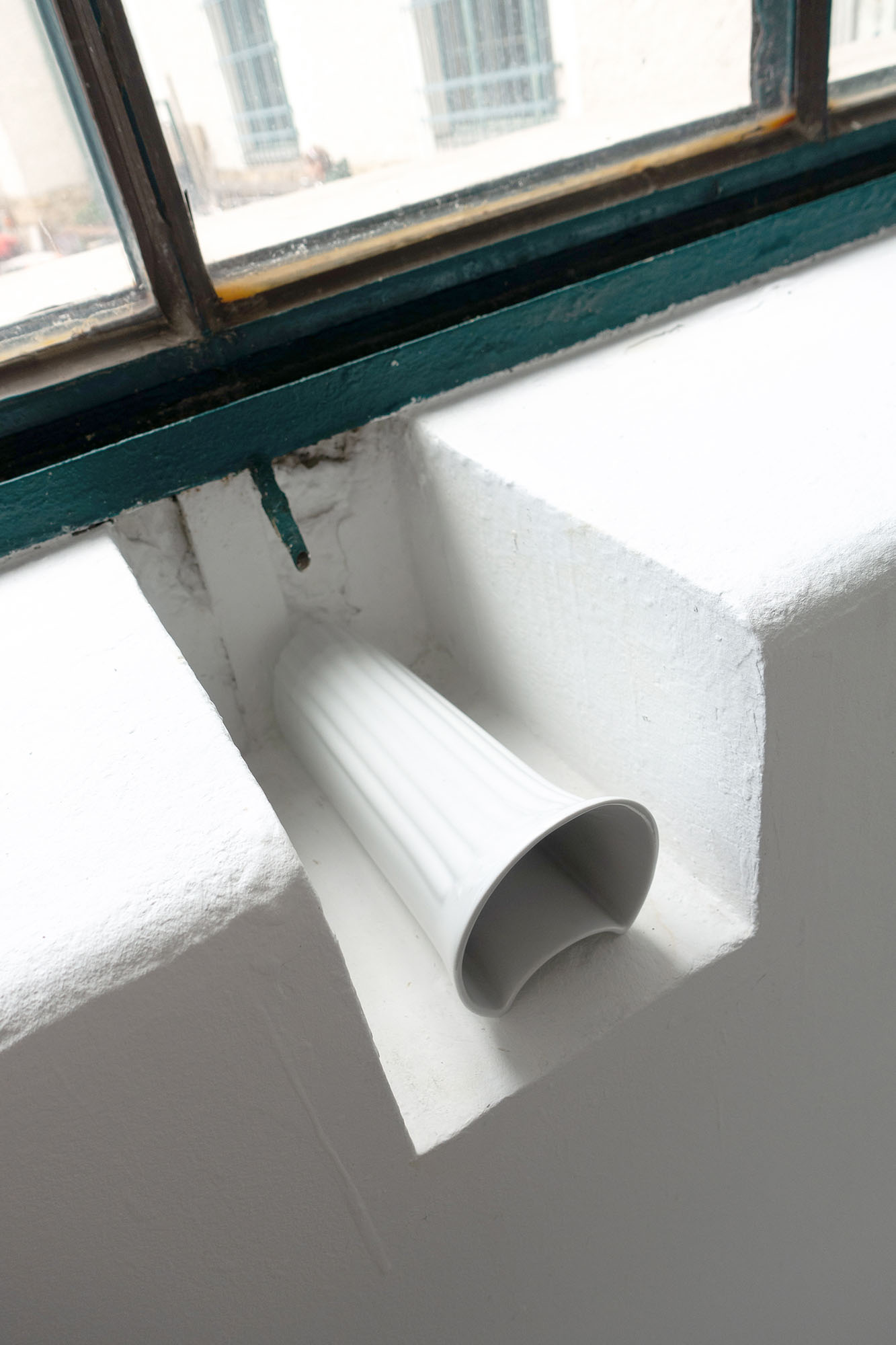
Previous Articles
OFLUXO is proudly powered by WordPress
